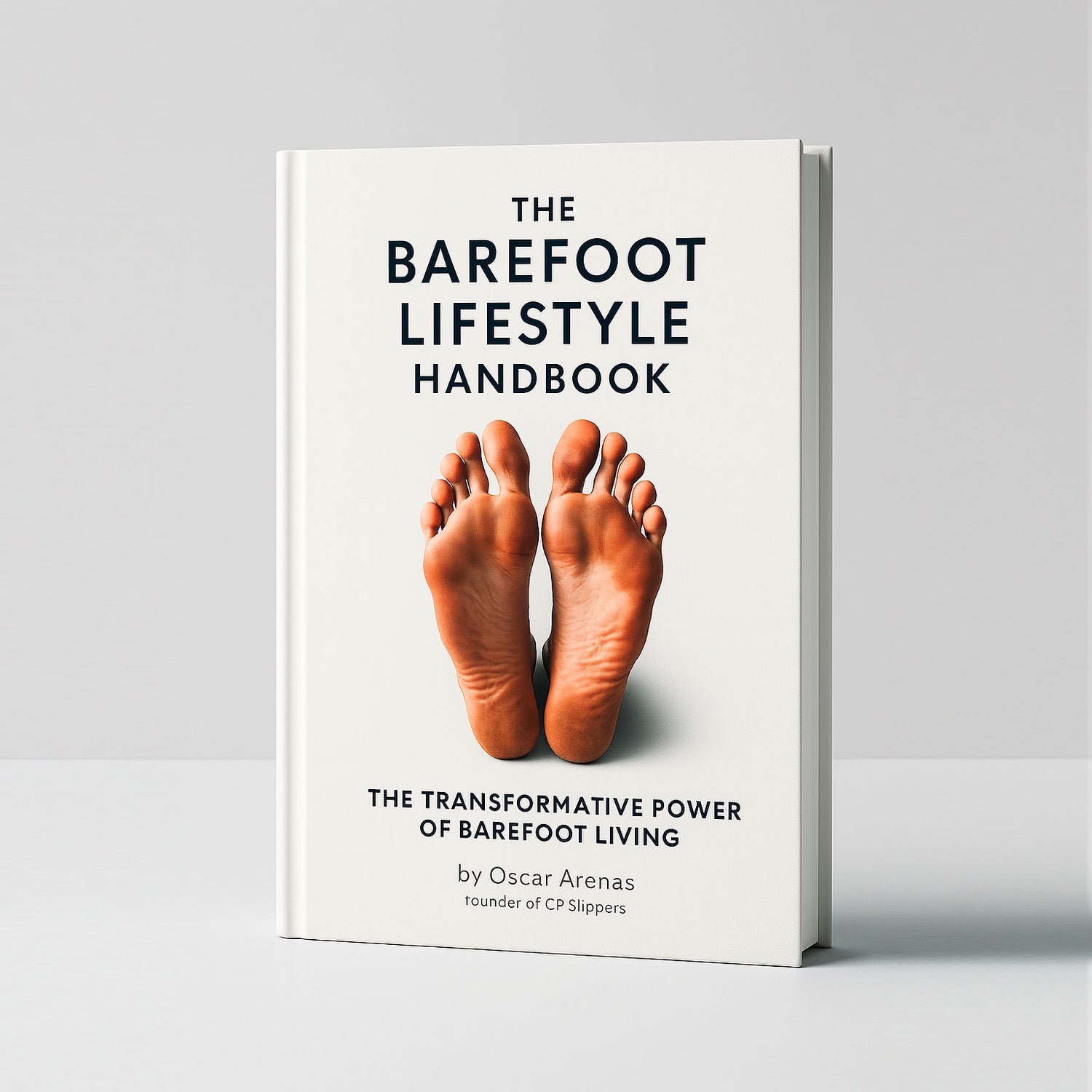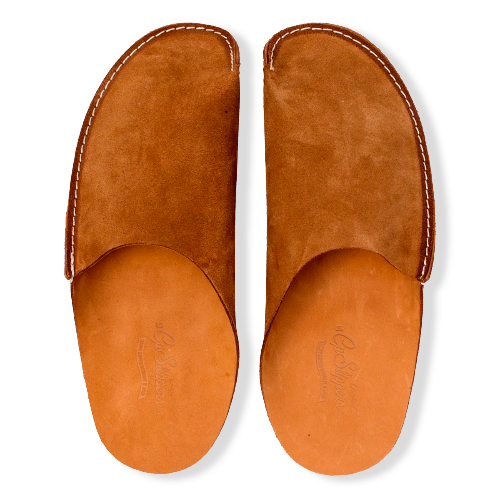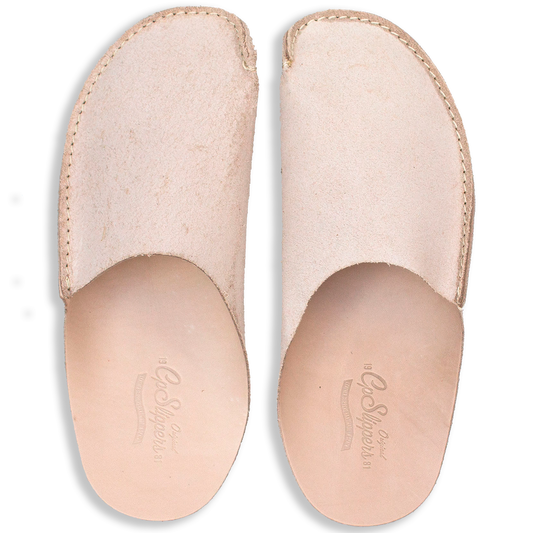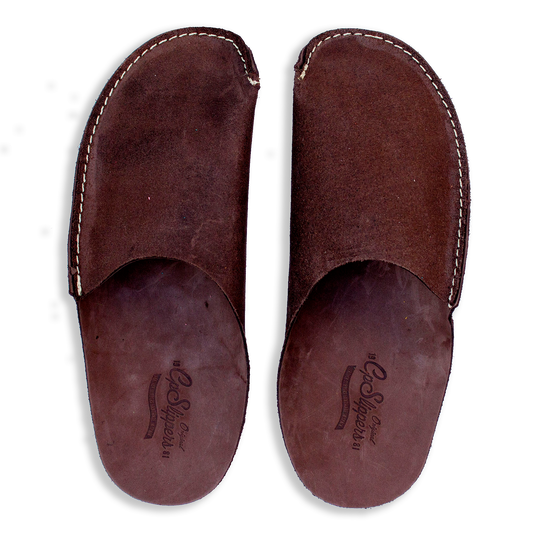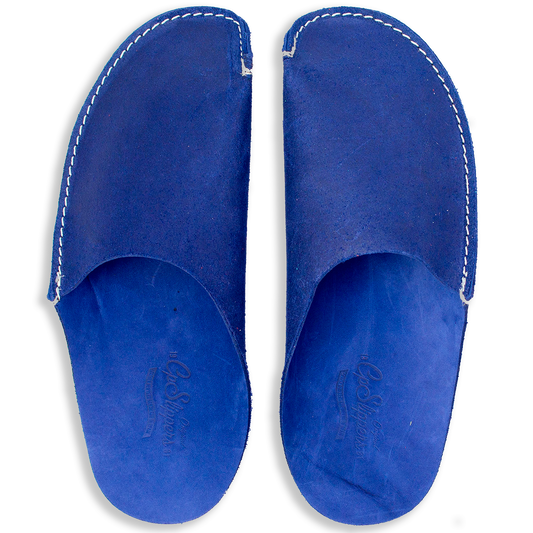Not all house slippers are created equal. The fabric wrapped around your feet decides how fresh, warm and durable every step feels. Below you’ll find a data-driven comparison of the seven materials most commonly used today — plus expert care tips and a quick selector to help you pick the perfect pair.
Quick-view Material Scorecard
| Material | Breathability | Warmth | Weight | Eco score | Best for |
|---|---|---|---|---|---|
| Full-grain leather | ★★★★★ | ★★★☆☆ | Medium | ★★★☆☆ | Year-round durability |
| Suede | ★★★★☆ | ★★★☆☆ | Light | ★★★☆☆ | Casual indoor style |
| Merino wool | ★★★☆☆ | ★★★★★ | Light | ★★★☆☆ | Cold feet & winter |
| Cotton terry | ★★★☆☆ | ★★☆☆☆ | Very light | ★★★☆☆ | Post-shower comfort |
| Velvet | ★☆☆☆☆ | ★★★★☆ | Medium | ★☆☆☆☆ | Occasional lounging |
| Memory-foam synthetic | ★☆☆☆☆ | ★★★☆☆ | Medium | ★☆☆☆☆ | Cushion lovers |
| Recycled PET knit | ★★★☆☆ | ★★☆☆☆ | Very light | ★★★★★ | Eco-conscious buyers |
1. Leather – the gold standard
Premium full-grain leather regulates temperature naturally thanks to its porous structure, keeping feet cool in summer and insulated in winter . Studies also show that leather outlasts cotton and synthetics by 2-3× in abrasion tests . CP Slippers hand-craft each pair from a single hide, removing bulky linings so you enjoy glove-like flexibility without sweat build-up .
2. Suede – casual softness (but keep it dry)
Suede offers the same breathability benefits as leather with a softer nap. However, the exposed fiber makes it vulnerable to water spots; experts recommend a protector spray and gentle brushing to extend life . If you often wear slippers near kitchens or bathrooms, choose leather over suede to avoid moisture stains .
3. Wool – nature’s thermal engine
Merino wool fibers trap microscopic air pockets that retain heat while wicking up to 30 % of their weight in moisture before feeling damp . That makes wool slippers ideal for cold climates or anyone with chronically cold toes. Pair them with leather soles for traction and longevity.
4. Cotton terry – spa-day comfort
Cotton loops absorb sweat fast, which is why terry cloth is common in hotel slippers . The downside? Cotton dries slowly and flattens after repeated washes, so expect to replace terry slippers yearly if worn daily. Machine-wash on cold and air-dry to maximise life .
5. Velvet – luxe touch, limited breathability
Velvet’s dense pile feels luxurious yet traps heat and shows pressure marks—better reserved for evening lounging rather than all-day wear .
6. Memory-foam synthetics – cushion with a catch
Memory-foam footbeds reduce peak plantar pressure by up to 34 % for short bouts of standing . But closed-cell PU foam retains heat and may compress permanently after 6-12 months . Look for removable, replaceable insoles if you prioritise softness.
7. Recycled-PET knits – sustainability first
Brands are spinning post-consumer plastic bottles into breathable uppers that cut CO₂ emissions by 32 % compared with virgin polyester . Combine PET knit with natural leather outsoles to balance eco impact and foot health.
How to choose the right material
- Climate ↔ Material: Hot/humid homes → leather or PET knit; cold homes → wool-lined leather.
- Foot perspiration: Heavy sweaters should avoid velvet and full-synthetic memory foam, opting for breathable leather or cotton.
- Longevity vs price: Leather costs ~30 % more upfront but can last 3-5 years .
- Sustainability: Choose chrome-free vegetable-tanned leather or certified recycled knits for lower environmental impact :.
Care & Maintenance Tips
Spot-clean leather with a damp cloth and neutral lotion monthly; brush suede weekly and apply protector; machine-wash cotton on cold gentle cycle; air-dry all slippers away from direct heat .
Further Reading
• Why Wear Slippers Indoors?
• 8 Ways to Relax and Unwind at Home


